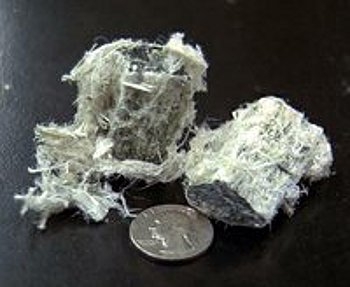12th Report on Carcinogens
|
The Report on Carcinogens (RoC) is an informational scientific and public health document that identifies and discusses agents, substances, mixtures, or exposure circumstances that may pose a hazard to human health by virtue of their carcinogenicity (Carcinogen). |
 12th Report on Carcinogens
12th Report on Carcinogens
The probability that a resident of the United States will develop cancer at some point in his or her lifetime is 1 in 2 for men and 1 in 3 for women (ACS 2010). Nearly everyone’s life has been directly or indirectly affected by cancer. Most scientists involved in cancer research believe that the environment in which we live and work may be a major contributor to the development of cancer (Lichtenstein et al. 2000). In this context, the “environment” is anything that people interact with, including exposures resulting from lifestyle choices, such as what we eat, drink, or smoke; natural and medical radiation, including exposure to sunlight; workplace exposures; drugs; socioeconomic factors that affect exposures and susceptibility; and substances in air, water, and soil (OTA 1981, IOM 2001). Other factors that play a major role in cancer development are infectious diseases, aging, and individual susceptibility, such as genetic predisposition (Montesano and Hall 2001). We rarely know what environmental factors and conditions are responsible for the onset and development of cancer; however, we have some understanding of how some types of cancer develop, especially cancer related to certain occupational exposures or the use of specific drugs. Many experts firmly believe that much of the cancer associated with the environment may be avoided (Tomatis et al. 1997).
The people of the United States, concerned about the relationship between their environment and cancer, have asked, through the U.S. Congress, for information about substances that are known or appear likely to cause cancer (i.e., to be carcinogenic). Section 301(b)(4) of the Public Health Service Act, as amended, provides that the Secretary of the Department of Health and Human Services shall publish a biennial report that contains the following information:
- A list of all substances (1) which either are known to be human carcinogens or may reasonably be anticipated to be human carcinogens and (2) to which a significant number of persons residing in the United States are exposed.
- Information concerning the nature of such exposure and the estimated number of persons exposed to such substances.
- A statement identifying (1) each substance contained in this list for which no effluent, ambient, or exposure standard has been established by a Federal agency and (2) for each effluent,ambient, or exposure standard established by a Federal agency with respect to a substance contained in this list, the extent to which such standard decreases the risk to public health from exposure to the substance.
- A description of (1) each request received during the year to conduct research into, or testing for, the carcinogenicity of a substance and (2) how the Secretary and other responsible entities responded to each request.
The Report on Carcinogens (RoC) is an informational scienti?c and public health document that identifies and discusses agents, substances, mixtures, or exposure circumstances (hereinafter referred to as “substances”) that may pose a hazard to human health by virtue of their carcinogenicity. For each listed substance, the RoC contains a substance profile which provides information on (1) the listing status, (2) cancer studies in humans and animals, (3) studies of genotoxicity (ability to damage genes) and biologic mechanisms, (4) the potential for human exposure to these substances, and (5) Federal regulations to limit exposures. The RoC does not present quantitative assessments of the risks of cancer associated with these substances. Thus, the listing of substances in the RoC only indicates a potential hazard and does not establish the exposure conditions that would pose cancer risks to individuals in their daily lives.
The entire 12th Report on Carcinogens may be downloaded in PDF format at the link below and to the right.
